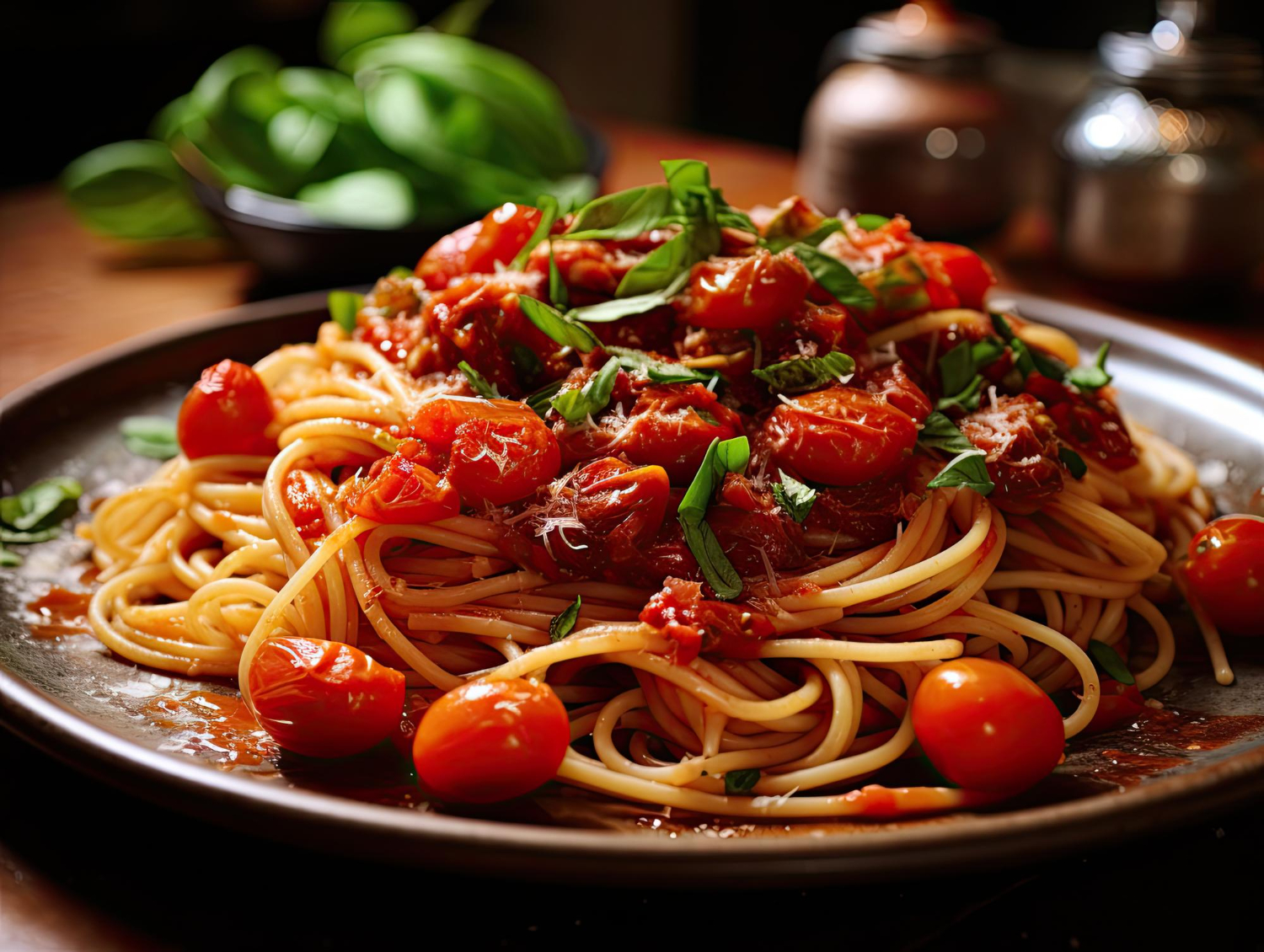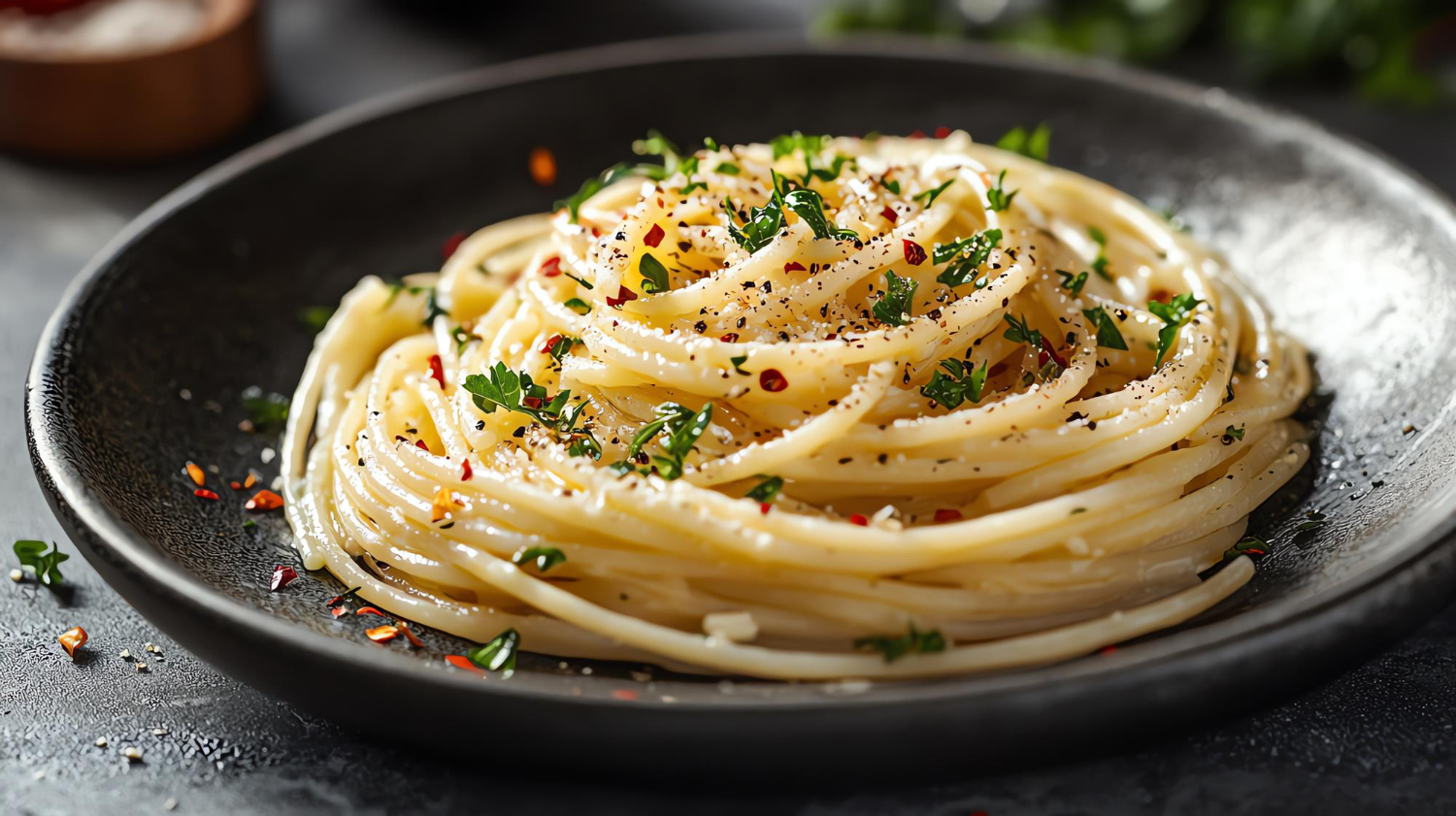Photo: AI generated
What is Gunaciale?
Guanciale: Guanciale is a kind of Italian cured meat which is prepared from pork jowl or cheeks. The name itself comes from the Italian word “guancia” meaning “cheek.” Its fat content is more than Pancetta, which has quite a fatty texture. It has a much better, and more intense flavor than pancetta–almost floral, and smoky-flavored. There’s that melt-in-your-mouth quality of it that really kind of adds both to texture and taste of dishes that turn them into authentic Italian experiences. Unlike bacon, this meat has not been smoked so strongly ‘masks’ the taste of the many other herbs and curing spices used, which are a vital source of flavor for the Italian cuisine purist.
Let’s take a look at making guanciale
A product that merges Italian tradition, often guanciale is still crafted in those small artisan facilities lining the boot-shaped country. The pigment from the jowls is selected to be very meticulously trimmed and cleaned, after which it gets seasoned with salt and black pepper, and, frequently, rosemary, thyme, and sage. The cured meat then cures hanging in a cool, airy place for the period of three to five months. Over these months, that old pork fat develops some uniquely Italian characteristics—soft and smooth melting with savory-deep perceived depth.
It hails from central Italy, especially Umbria and Lazio
While guanciale can be produced anywhere in Italy, the quality of guanciale varies between regions. Good examples are Lazio, Umbria, and Abruzzo. Lazio, for instance, values guanciale highly as the key ingredient in traditional Roman dishes. This is where small artisan producers preserve curing methods over time and highest quality and flavor follows. We all know industrial guanciale; it’s readily available in supermarket shelves, but the real guanciale lovers need to run towards their local butcher or a specialty Italian grocer for authentic and best flavoring varieties.
Guanciale’s place in Italian cooking In Italy, guanciale is an essential of traditional pasta dishes like carbonara, amatriciana, and gricia. Each of these recipes calls for the peculiar taste and grease of guanciale to impart a creaminess to the pasta which does not involve using cream in this example.
Carbonara: Guanciale is fried in the fat from itself. When mixed with pasta, Pecorino Romano cheese, and egg, it forms a rich and creamy sauce. Amatriciana: A spicy tomato sauce made with guanciale from the town of Amatrice flavors cut by acidity from tomatoes and some piquancy from chili.
Gricia: This is considered by many to be the precursor to carbonara, because it has guanciale and Pecorino Romano, but no eggs and yet creates a creamy, peppery sauce.
Guanciale is not confined to pasta, though. It is part of an antipasto platter, a soup ingredient, and even a pizza topping as well. The flexibility makes it a fantastic ingredient to dabble within any kitchen, but true purists will argue that nothing can serve as a substitute for it in the classical Italian recipes in which it excels.
Guanciale is originally an Italian specialty but, due to its rising demand, this ingredient can now be easily found outside Italy. Speciality Speciality stores, Italian markets, and online retailers generally stock guanciale, so anyone interested in this unique flavor of food can have access to it anywhere in the world. But for all those who cannot find guanciale easily, just remember: although pancetta can be used instead of it, the final dish will neither be as rich nor authentic.
The guanciale has a specific fat content and flavor that makes it irreplaceable for the ingredients bacon plays in other dishes. Hence, bacon might hold a place in various kitchens; it is not the ingredient in Italian dishes guanciale is. Next time you think of preparing a carbonara or amatriciana, do not think bacon; think guanciale, taste refreshing!
Ready to learn more? Check out our YouTube video for a full guide on cooking with guanciale and where you can find it here.
Source: TheDeliSociety.com (link)















